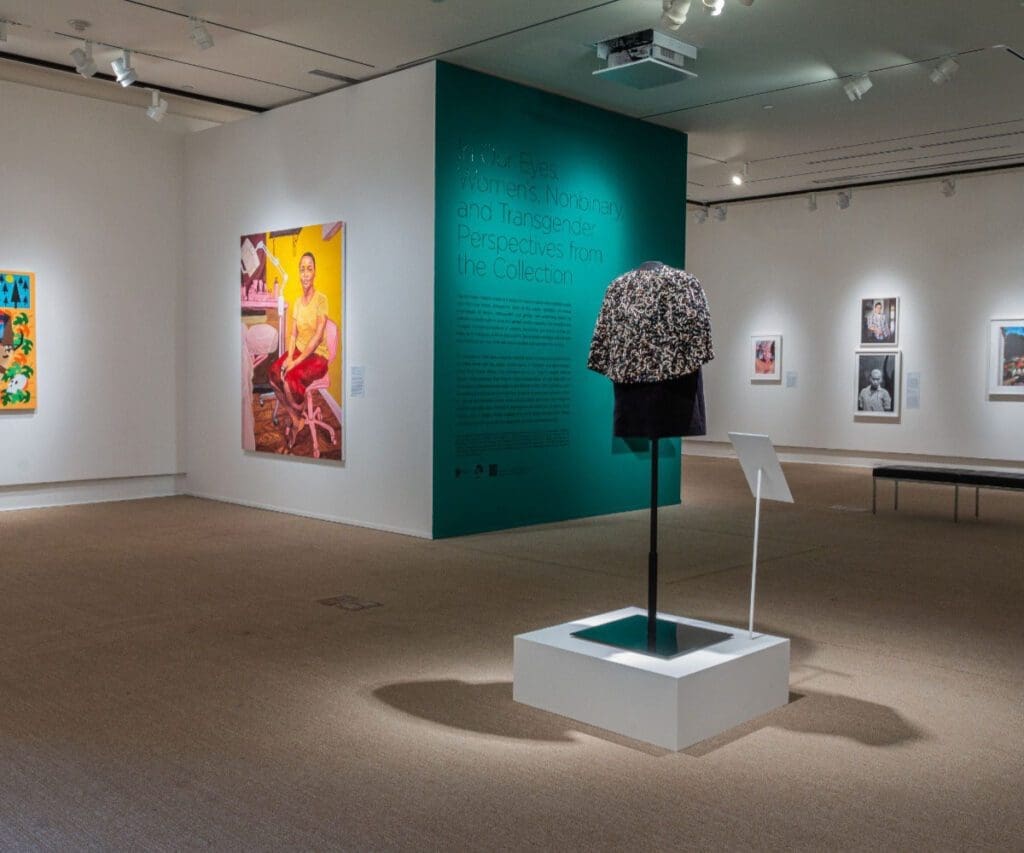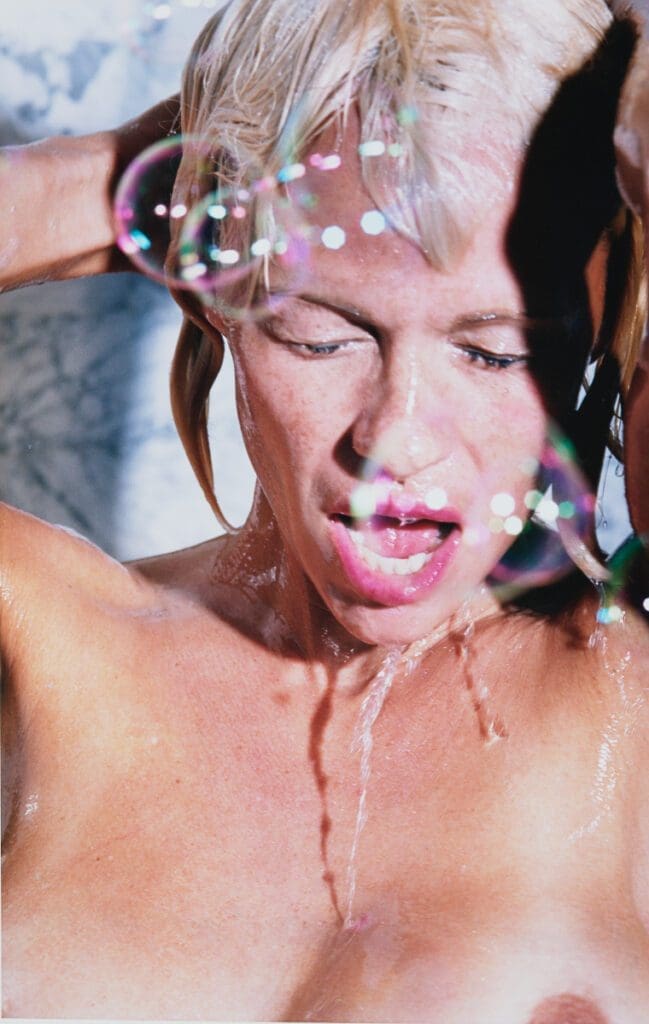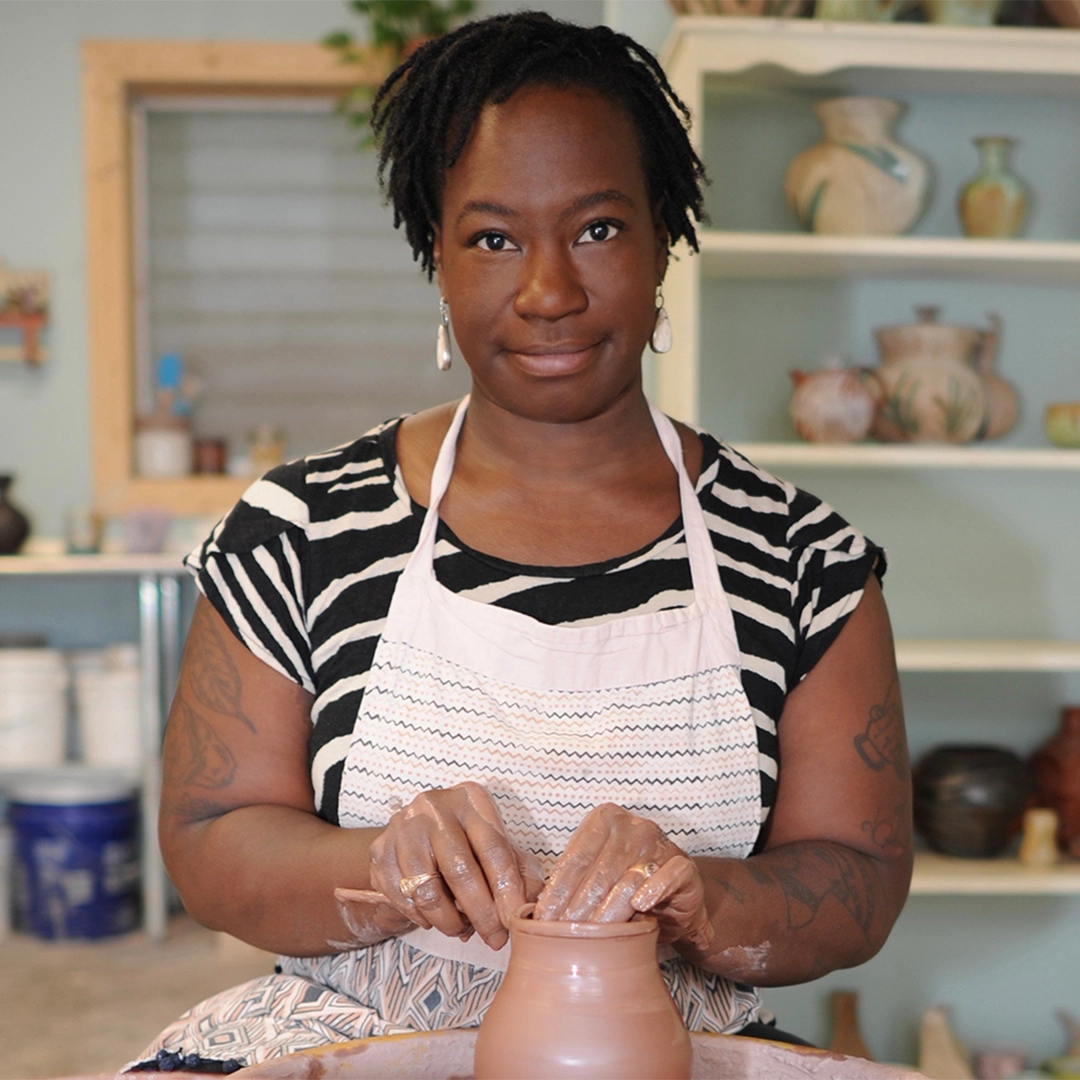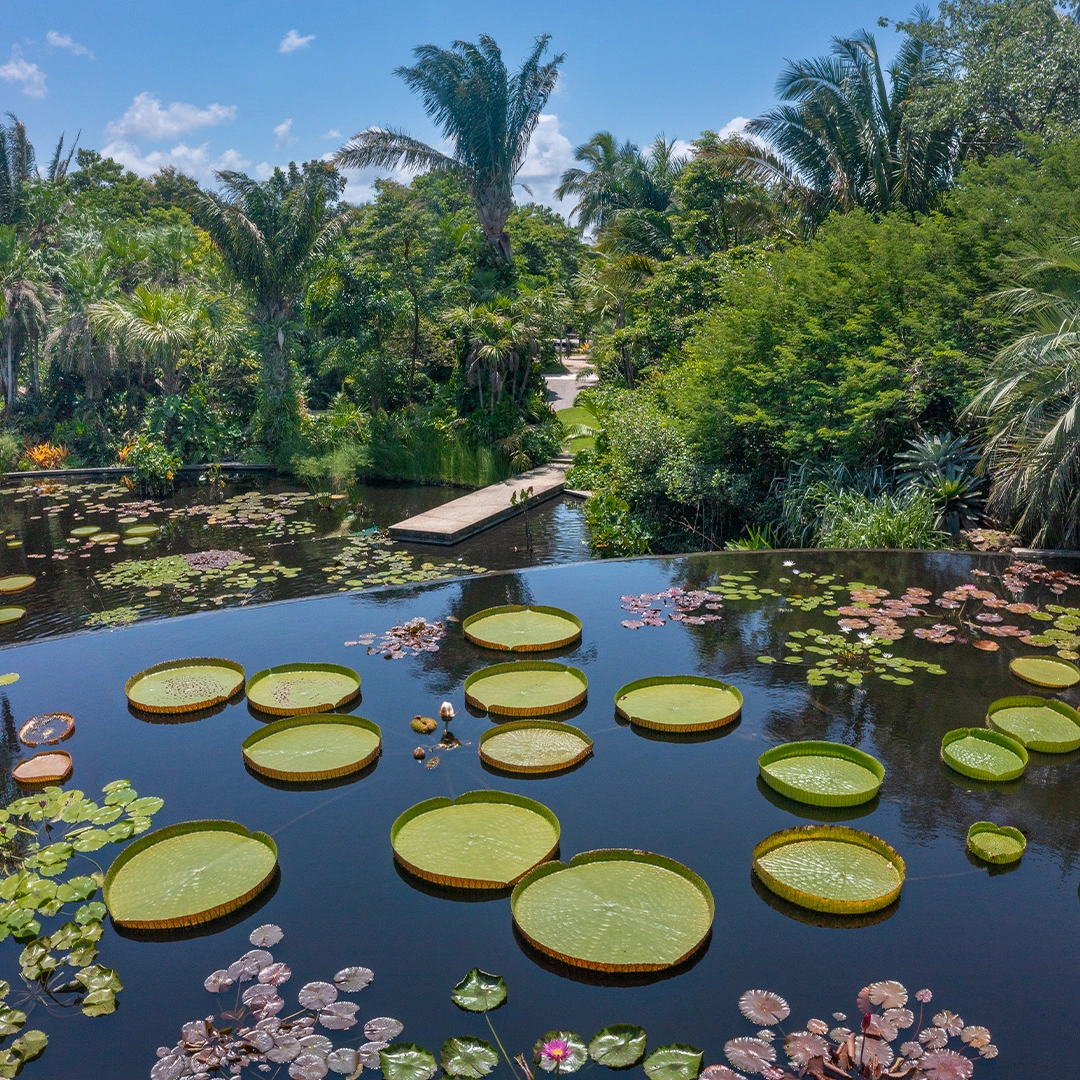by Emilee Perdue | March 8, 2023
A New Rollins Museum of Art Exhibition is a Call to Action by Gender Minority Artists from Across the Globe
"In Our Eyes: Women's, Nonbinary and Transgender Perspectives from the Collection" celebrates the beauty of diversity, spotlighting artworks by women, nonbinary and transgender artists.

Art has the power to express every facet of humanity: our daily struggles, our biggest dreams and the watershed moments that shape us, both disastrous and delightful. Not only can it equally identify beauty and pain in the world, but it can also share stories from people we may never meet and places we may never see. A leisurely stroll through a gallery can feel like a flight across national borders, a step back in time or a moment in someone else’s shoes. At the Rollins Museum of Art in Winter Park, the new exhibition “In Our Eyes: Women’s, Nonbinary and Transgender Perspectives from the Collection” introduces visitors to gripping works created by artists of intersectional identities and differing places of origin.

Through a museum practicum class, designed to provide real-world, hands-on experience to the rising generation of art historians and curators, students sought to assemble an exhibit that would be welcoming to all. Rollins Museum’s curator, Gisela Carbonell, Ph.D., along with guest curator, Kimberly Dennis, professor of Art History and Sexuality, Gender and Women’s Studies at Rollins College, guided the students during the selection process. They chose artists within the permanent collection of the RMA, like Teresa Margolles, a conceptual artist from Sinaloa, Mexico. Margolles’ hand-embroidered garment, “El Brillo: One Assassination Shapes the World” tells the story of drug-related violence and human trafficking in her hometown of Culiacán. Among the gold bullion stitching are shards of a shattered windshield from a violent drug-related event in that area. “Works such as Teresa Margolles; ‘El Brillo’…. challenge preconceived notions about the use of textiles, embroidery and adornment,” Curator Carbonell says, “An alternate approach that subverts the conventions of these mediums to encourage reflection about serious issues.”

Margolles’ work and the 25 other pieces in the exhibition serve as more than visual entertainment. The collection of photographs, sculptures, garments, prints, and paintings is a menagerie of different stories expressing their fight for equality, hunger for justice and celebration of diversity. “The students also felt very strongly about including as many different mediums as possible to show the diverse ways artists are approaching social justice themes in the 21st century,” Professor Dennis says.
One of the pieces new to the Rollins Museum of Art is “Pamela Anderson,” a photograph captured by Marylin Minter. Much like Minter’s other photos, this image of the famous actress is as provocative as it is empowering. Anderson’s sexuality is something that has been historically criticized, but in Minter’s photograph, Anderson’s natural flaws are embraced. She radiates with the control she finally has over her sexuality and unretouched beauty. Another emotionally charged piece is Zoya Cherkassky-Nnadi’s print “Russian tanks on the streets of Kiev.” The Ukrainian-born Israeli artist uses a vivid juxtaposition of reds and grays to reflect the violence and distress caused by Russia’s invasion of Ukraine.
Every brushstroke, stitch and imprint made in this exhibition is in direct response to the challenges the artists face as gender and racial minorities. “In private interactions with works of art, we might be challenged to question our own stereotypes or stances on particular issues,” Professor Dennis says. “In more public conversations, art functions as a kind of buffer (or) cushion, making it easier to have thoughtful discussions on thorny issues.”

“In Our Eyes: Women’s, Nonbinary and Transgender Perspectives from the Collection” is more than a response: it is a call to action. When entering the exhibition, you may be initially drawn to a detailed portrait of a woman working at a nail salon, a loud sculpture consisting of bird cages and doll heads, photographs of Ruth Bader Ginsberg’s collars or a red, white and blue bikini made of needles. But when you leave, you’ll have personally met 21 strangers sharing their stories and celebrating the thing we all share: our humanity.
Visit “In Our Eyes: Women’s, Nonbinary and Transgender Perspectives from the Collection” at the Rollins Museum of Art, running Jan. 14 through Aug. 27.
For more information, visit Rollins.edu.





